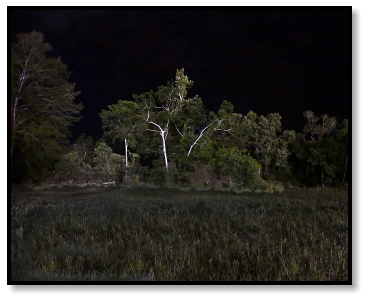

TEXAS
April 2017

1 of 6


TEXAS
April 2017


1 of 6
All I knew about Houston was the airport. And from my limited experience during layovers, I had never seen a
snake in Terminal D, though admittedly, I travel economy-class. But I always wanted to herp the Gulf Coast of Texas,
and so did my friend, Darin, so we decided to explore it together.
A few hours after arrival we’re walking a swamp, being led by our buddy, Robert, who’s being led by his
daughter, Nicole.
It isn’t long before they spot our first snakes. At the bottom of a deep gully we see a Plain-bellied Watersnake
swimming in a muddy creek, but the sides are too steep for us to scramble down, and it’s gone. Same for a Gulf Coast
Ribbon Snake that catches our eye before disappearing into palmetto.
For me, these are familiar species, similar to the common Nerodia and Thamnophis along the Atlantic seaboard
where I’ve herped most of my life. But for a California boy like Darin, these snakes are lifers, and it’s not a very
satisfying way to find them for the first time, catching barely a glimpse at long distance. I mean, what if this is our
only chance . . . what if we don’t see any more Ribbon Snakes?
Salvation appears in the form of another species, one we do expect to see in numbers, but mostly on the road at
night. While the rest of us stick to the trail, Darin wanders off into the forested wetlands, and soon he’s shouting
“Copperhead!” It’s his first-ever
Agkistrodon
c. contortrix: walking up on it, in natural habitat, during the day; the only
one we find that way.
At dusk we start to cruise the long country roads that bisect pastures and thread through the woods. Not much
moving at first, but as it gets darker, here come the Copperheads. Altogether, Darin and I ride up on five live plus one
DOR, while Robert and Nicole find just about the same. Can’t say we weren’t warned, but to us it’s still surprising to
see so many, on what passes for a slow night in East Texas.
Not to be outdone, these little guys are also out in force tonight. And unlike the Copperheads, the Brown Snakes
continued to show up wherever we went, night after night, to remind us who’s really king of the Texas roads.
In the morning we flip. Robert takes us to a series of trash sites, boards scattered everywhere. Texas is in bloom,
so we spend a pleasant morning among the flowers, with the intrepid Nicole showing us where to find handfuls of
Rough Earth Snakes. Most are the typical gray-brown color, but some are reddish, the first time I’ve seen this phase.
These spots have been good to Robert, regularly producing a number of our top targets ― King Snakes, Milk
Snakes, Coral Snakes, Rat Snakes ― but actually, what I’m most eager to find is a much more common species. In fact,
what made me think of herping the Houston area in the first place was the prospect of finding a Buttermilk Racer.
Although the Coluber constrictors back home are certainly striking (literally and figuratively), their coloration
doesn’t compare to the gorgeous mosaic attained by some Buttermilks. I’m particularly keen to see one of the lighter,
highly-mottled ones, so unlike the solid black of our eastern Racers. As it turns out, the young pair we catch are just
starting to get specks ― I’m told the flecking increases with age ― but at least it gives me some idea of the emerging
pattern.
Fortune smiles, and we get a second chance at a Ribbon Snake. I mean, what are the odds?
The weather turns cool and rainy, suppressing the numbers and variety we had hoped for, but still yielding gems
like this:
We head to another area where conditions look more promising, encouraged by the appearance of a particularly
attractive Copperhead crossing a busy highway.
We meet up with Kyle, another local herper, who takes the lead as we caravan towards one of his spots. Darin
and I are following close behind, when suddenly Kyle stops, opens his door, bails out, dashes to the side, and flings
himself onto a berm and into the bushes.
At first I assume that’s just how Kyle drives, given to acts of spontaneous exuberance, abruptly leaping from his
car to hug the earth when the spirit moves him. But when he stands triumphantly, snake in hand, I realize it’s just
normal herper reflexes.
Despite their speed and tendency to bite, Coachwhips become surprisingly cooperative after a few moments of
handling. Kyle places his catch on the side of the road, and it freezes into spyhopping position.
Some people say these highly visual hunters periscope to scan their surroundings for prey, but personally, I think
it’s a tragic case of misguided mimicry. You decide.
From a bridge, another long-distance view of a Plain-bellied Watersnake.
At night Robert takes us to search the edges of a lake. Despite the cool temps, snakes are out and about,
including (at last) a Plain-bellied (albeit a juvie) that we can see up-close.
This one we spot from far away, or to be more precise, we see a flash of silver on the shoreline, reflecting the light
from our headlamps. Turns out it’s a fish, or to be more precise, a piece of fish, being jerked around in the mouth of a
snake. Apparently the local rhombifers do very well on scraps left behind by fishermen, judging from the huge size of
the individual before us, although in this case it looks like she’s grabbed more than she can handle. We watch the
struggle for a long time as she pays virtually no attention to us. My guess is that the strategy is to hold the fish in her
jaws continuously for 6 - 12 months, while her mouth eventually grows around it.
We wander around a marshy area, spot one more rhombifer, then drive long and late
―
a pattern that would
repeat itself throughout the trip
―
to reach tomorrow’s destination.

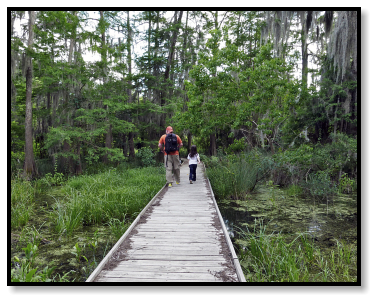
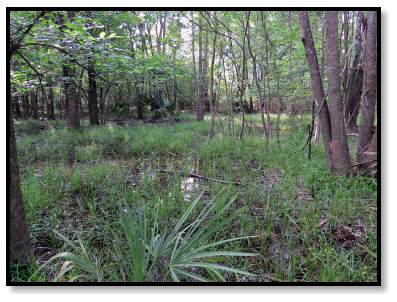
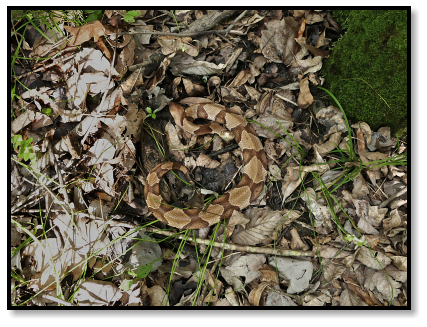
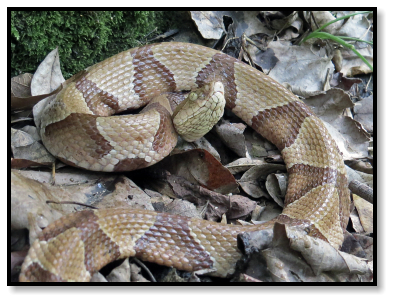





Southern Copperhead
Agkistrodon contortrix contortrix

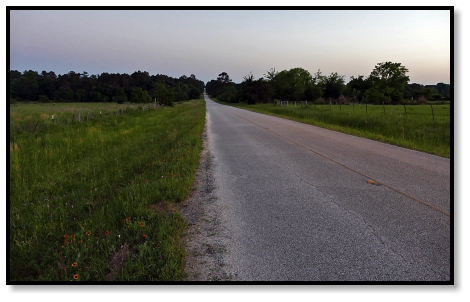
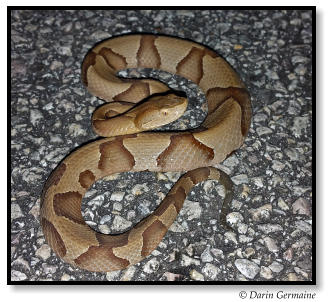
Texas Brown Snake
Storeria dekayi texana
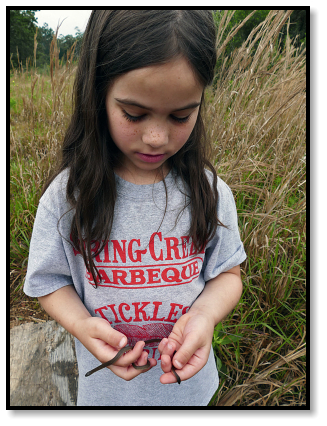
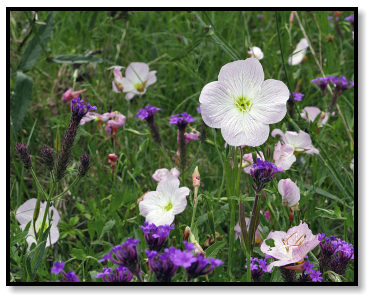
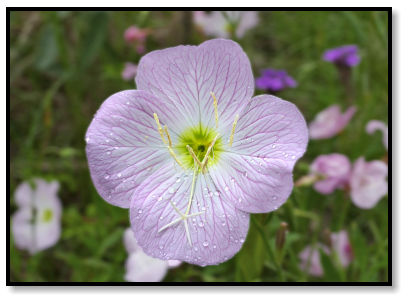
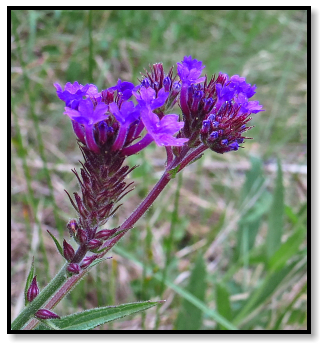
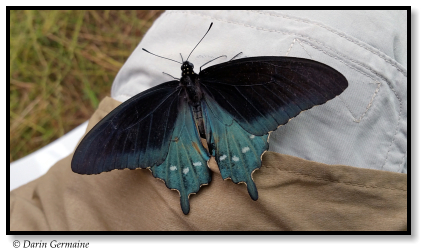
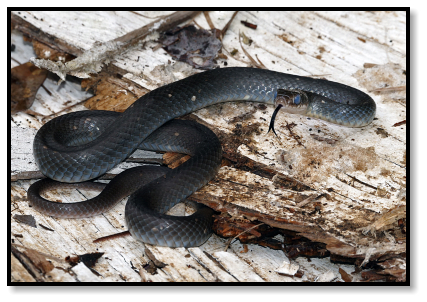
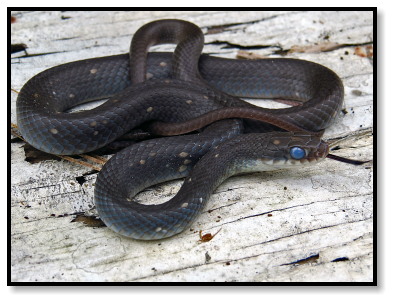
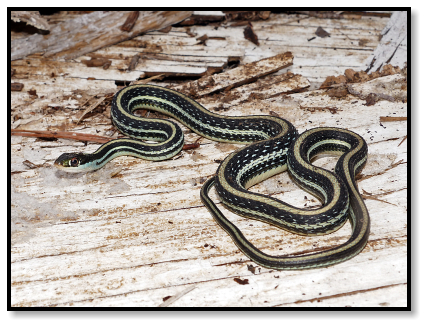

Rough Earth Snake
Haldea (Virginia) striatula
Buttermilk Racer
Coluber constrictor anthicus
Orange-striped Ribbon Snake
Thamnophis proximus proximus




Plain-bellied (Yellow-bellied) Watersnake
Nerodia erythrogaster (flavigaster)

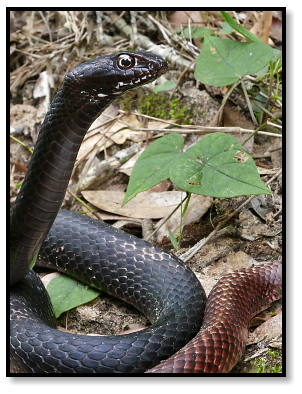
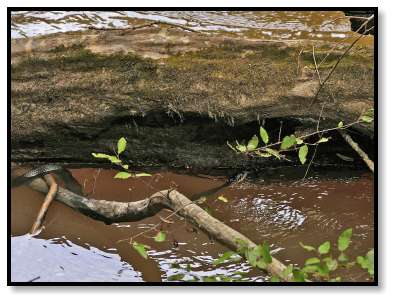
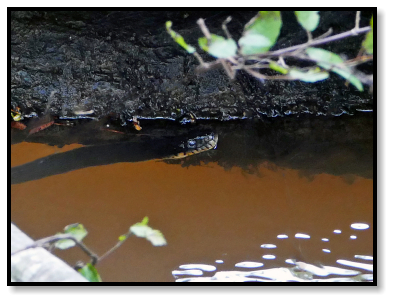
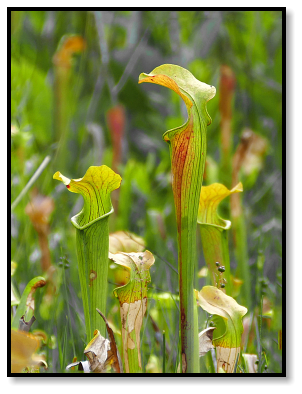
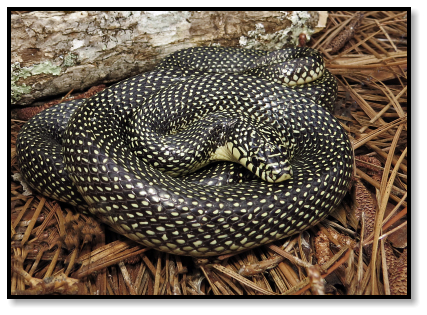
Speckled Kingsnake
Lampropeltis (getula) holbrooki




Eastern Coachwhip
Masticophis flagellum flagellum
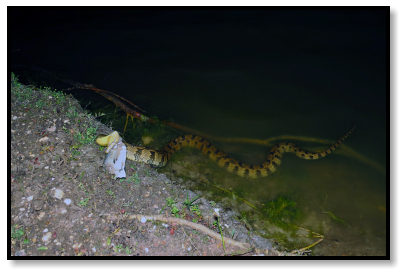
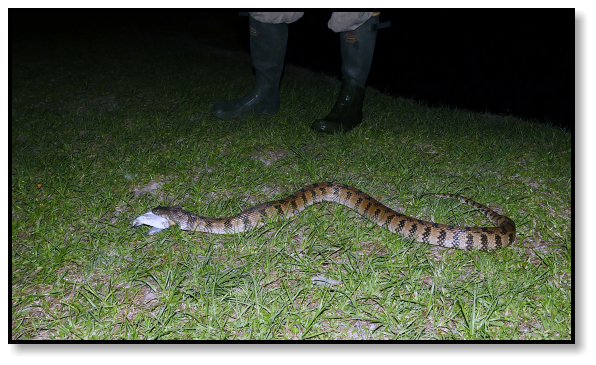
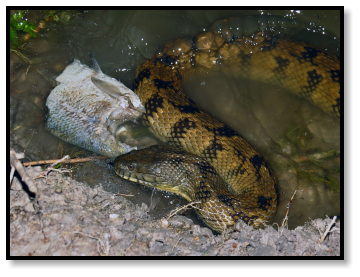

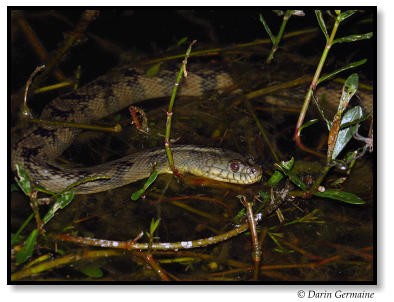
(Northern) Diamond-backed Watersnake
Nerodia rhombifer (rhombifer)

© Darin Germaine/Eitan Grunwald
